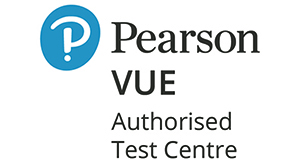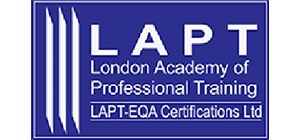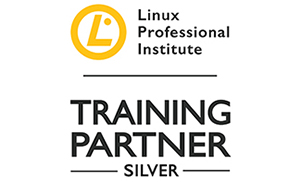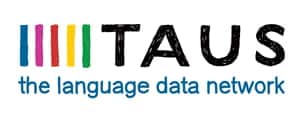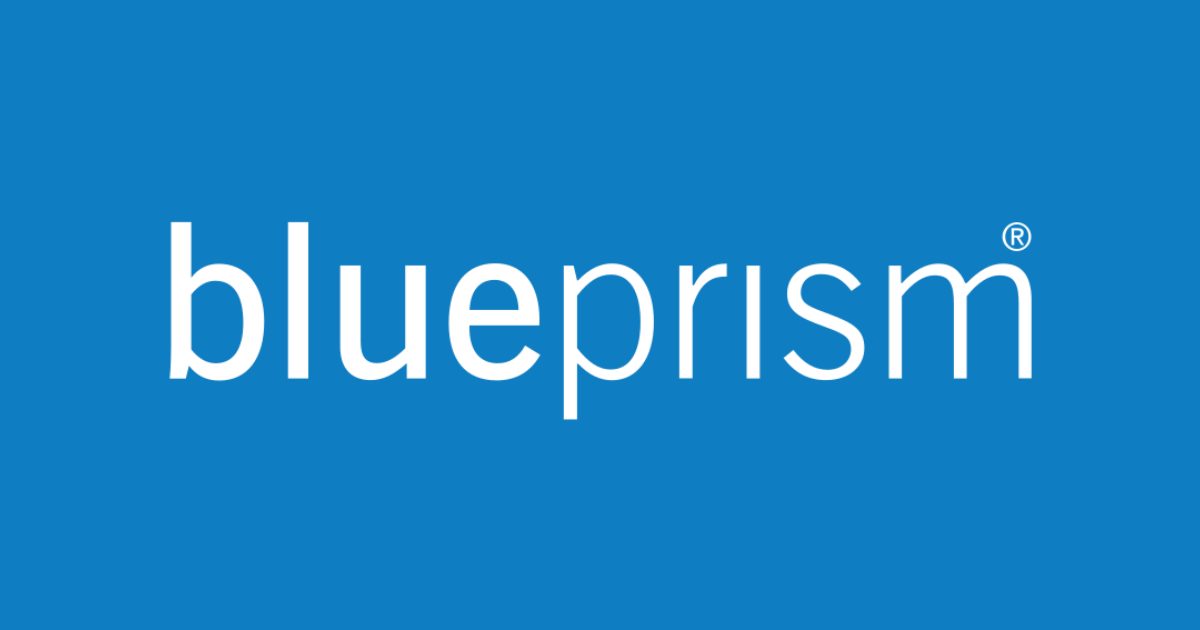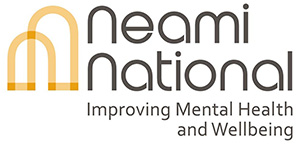Practitioner Certificate in Requirements Engineering Certification
Practitioner Certificate in Requirements Engineering Training
BCS Practitioner Certificate in Requirements Engineering certification training course is focused on individuals who want to elicit, analyse, validate, document and manage requirements and would like to apply their learnings from this certification training course in a business environment.
In the BCS Practitioner Certificate in Requirements Engineering certification training course, candidates will learn how to take a disciplined and rigorous approach to define business requirements. The training course for Requirements Engineering certification includes learning about developing a set of practices and processes to identify requirements in order to develop business and IT solutions. Candidates who undertake this certification course and pass the certificate test qualifies them to take a systematic approach to eliciting, analysing, validating, documenting and managing requirements.
This course is appropriate for people working as Business Analysts, Business Managers, Business Change Managers, and Project Managers.
During the BCS Requirements Engineering 2018 certification course, the candidates learn the introduction to the requirements engineering process, the hierarchy of requirements, how to identify stakeholders in the requirements process, how to elicit requirements, Modelling, designing and analysing requirements, and Requirements management.
Logitrain offers BCS Practitioner Certificate in Requirements Engineering certification training course in Melbourne, Sydney, Brisbane, Adelaide, Perth, Canberra, in-house, and live virtual online.
After attending the BCS Practitioner Certificate in Requirements Engineering certification training course and learning to elicit, analyse, validate, document and manage requirements, candidates can attend the Advanced Requirements Engineering course
The requirements engineering certification is a key requirement for the following jobs:
- Business Analysts
- Requirements Engineers
- Project Managers
- Business Change Managers
- People who want to elicit, analyse, validate, document and manage requirements
There are no pre-requisites for undertaking the Practitioner Certificate in Requirements Engineering Certification exam.
Candidates can achieve this certification by passing the following exam(s).
- RE18: BCS Practitioner Certificate in Requirements Engineering
The Requirements Engineering certification exam if included in your course can be registered and attempted within 3 months of course/module completion at Logitrain training centre on weekdays during normal business hours (excludes public holidays)
Requirements Engineering Course material included
- Introduction to Requirements Engineering
- Hierarchy of Requirements
- Stakeholders in the Requirements Process
- Requirements Elicitation
- Use of Models in Requirements Engineering
- Requirements Documentation
- Requirements Analysis
- Requirements Validation
- Requirements Management
This course is likely to add to the employment-related skills of the participants. The skills developed are likely to be used in the course of being an employee or working in a business.
Following people can attend Requirements Engineering training
- Business Analysis Graduates
- Business Analysts
- Requirement Engineers
- People aspiring to become Business Analysts or Requirement Engineers
- Define the term ‘requirements’ and the characteristics of a requirement.
- Explain the rationale for Requirements Engineering and the application of the Requirements Engineering framework.
- Explain the rationale of requirements planning and estimating.
- Describe the elements that should be considered as the contents of a project initiation document, terms of reference or project charter: Business objectives; Project objectives; Scope; Constraints (budget, timescale, standards); Authority or sponsor; Resources; Assumptions.
- Show understanding of the rationale for the requirements hierarchy and describe how it is applied in Requirements Engineering.
- Explain the categories within the hierarchy: Business policy (general) requirements; Technical policy requirements; Functional requirements; Non-functional requirements.
- Define the term stakeholder.
- Explain the key roles of the following project stakeholders during Requirements Engineering: Project Manager; Developer; Tester; Solution Architect.
- Explain the key roles of the following business stakeholders during Requirements Engineering: Project Sponsor; Subject Matter Expert; End User; Business Manager.
- Interpret a given scenario, identify stakeholders and describe their contribution to Requirements Engineering.
- Explain different knowledge types: Tacit / Non-tacit (explicit); Individual / Corporate.
- Interpret a given scenario to identify different knowledge types.
- Interpret a given scenario to identify relevant elicitation techniques from the following list: Interviews; Workshops; Observation; Focus groups; Prototyping; Scenario analysis; Document analysis; Surveys; Record searching; Special purpose records; Activity sampling.
- Describe the principles and application of the elicitation techniques.
- List the advantages and disadvantages of the elicitation techniques.
- Discuss the suitability of the elicitation techniques for Agile and linear development approaches.
- Explain the rationale for modelling the functional requirements (processing and data) of an information system and describe how models help the analyst to: Generate questions in order to clarify a requirement and remove ambiguity; Define business rules; Cross-check requirements for consistency and completeness.
- Interpret a given scenario to develop a context diagram.
- Interpret a given scenario to identify the different types of event that can initiate processing (external, time based, internal).
- Understand how to construct a UML use case diagram for a given scenario to represent the functional requirements for an information system.
- Interpret a UML Class diagram (comprising of classes, attributes, associations and multiplicities) that represents the data requirements for a given scenario and describe the business rules that are represented.
- Explain the benefits to be derived from cross-referencing models and illustrate how this can be achieved by using a CRUD matrix (of function or event against data).
- Explain the rationale for creating a requirements document and for documenting requirements at different levels of definition.
- Understand how to construct requirements documentation for a given scenario.
- Describe a requirement in terms of its characteristics or attributes and explain why each of the following may be needed: Identifier; Name; Description; Source; Owner; Author; Type (general, technical, functional, non-functional); Priority; Business area; Stakeholders; Associated non-functional requirements; Acceptance criteria; Related requirements; Related documents; Comments; Rationale; Resolution; and Version history.
- Describe the structure and contents of the requirements document.
- Explain the rationale for prioritising requirements, using the MoSCoW prioritisation technique.
- Interpret a given scenario and apply the MoSCoW prioritisation technique.
- Examine individual requirements; apply filters and quality criteria to assess that they are well defined.
- Use requirements for a given scenario to check for technical, business and financial feasibility.
- Assign a requirement type to an individual requirement.
- Organise the requirements for a given scenario by requirement type and functional area.
- Explain the use of prototyping to elaborate requirements.
- Describe the rationale for the following approaches to requirements validation: Informal reviews & Formal reviews.
- Explain the steps to be followed in the validation process for requirements artefacts.
- Explain the rationale for requirements management.
- Define the elements of requirements management and the links between them.
- Explain the structure and elements of a change control process.
- Explain the structure and elements of version control.
- Define two forms of traceability and how projects benefit from each of them: Horizontal (forwards from origin to delivery and backwards from delivery to origin) & Vertical (to business objectives).
- Explain the rationale and the approach to achieving requirements traceability.

Take the certification exam within 3 months of course / module completion

Take the official vendor certification exam at the Logitrain training center

Course material in digital format is included for flexibility and ease of use

Mock test is included in the full-time courses to assist with your preparation

Our trainers are highly skilled with expertise and extensive hands-on experience

Relax, we will beat competitor’s advertised price in Australia. Our course has no extra costs
| Location | Type | Duration | Price | Dates | |
|---|---|---|---|---|---|
| Location | Type | Duration | Price | Dates |
The supply of this course/package/program is governed by our terms and conditions. Please read them carefully before enrolling, as enrolment is conditional on acceptance of these terms and conditions. Proposed dates are given, courses run subject to availability and minimum registrations.
Find out why we are the leading choice to help boost your career in Australia
| Approachable and knowledgeable; comfortable surroundings. Logitrain does make IT training easier |
I recently followed the ITIL Foundation course at Logitrain. The training, materials and facilities were excellent and I would not hesitate to train with Logitrain again.
Thanks for a great week! Really enjoyed and feel I picked up a lot. Great Trainer! Will definitely look at further studies here.
Well-presented and able to convey immense knowledge to class. All queries were responded to promptly.
Excellent teaching method, easy to understand.
Logitrain provided a valuable insight into ITIL and enabled me to excel and advance my knowledge through a simple and well organised series of sessions.
Great place to study for certification, knowledgeable persons, excellent customer service. Ready to answer queries on the spot, very helpful.
The trainer was very patient and gave everybody the opportunity to participate.
The trainer explained everything very well. Logitrain was very helpful for me in getting a better overall understanding of CCNA. I previously had studied it 2 years earlier but required revision
Over 1000 organisations have relied on Logitrain to be their trusted training partner.

Don’t Wait. Please fill the form now.





